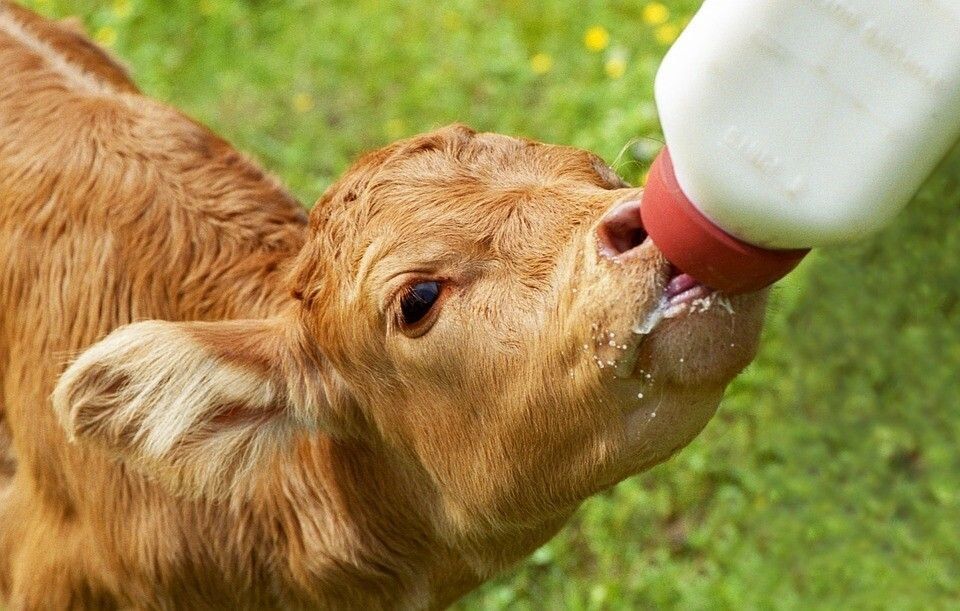Managing Calves with Scours
Calves with scours lose considerable water and electrolytes and dehydration is often the cause of death. A scouring calf urgently requires water and electrolytes to correct imbalances, and must also receive a source of energy. Most scouring calves can be saved with just electrolytes, whether the cause is dietary, bacterial or viral, without the need for antibiotics.
When you give electrolytes (salts etc) the calf becomes thirsty. If you have given 6 litres of electrolytes it will go looking for another 4L of water to make up the rest of its daily requirement. Fresh clean water must be available in every pen.


How dehydrated is your calf ??
| Scour Dehydration % | Signs | Electrolytes Required L/day |
| Mild < 5% | - Mildly Depressed - Looks to feed - Relatively alert | 25kg calf: 1.5L 35kg calf: 2L 45kg calf: 2.5L |
| Moderate 6-8% | - Eyes sunken - Tight skin - Lethargic but still standing | 25kg calf: 2L 35kg calf: 3L 45kg calf: 3.5L |
| Severe 10% | - Above signs more pronounced - Unwilling to feed or rise - Legs and ears cold to touch | 25kg calf: 2.5L 35kg calf: 3.5L 45kg calf: 4.5L |
Milk is still important!
- Diarrhoeic calves should continue to receive at least some, if not all, of their normal milk product in addition to the electrolyte volume suggested above - we know calves receiving both milk and electrolytes recover faster.
- Feeds of electrolytes and milk should be separated by a minimum of 15 minutes.
- Calves unwilling to drink should be stomach tubed their requirements.
- Electolyte feeding should continue for 4 days or until scouring ceases
Practical example of feeding regime:
